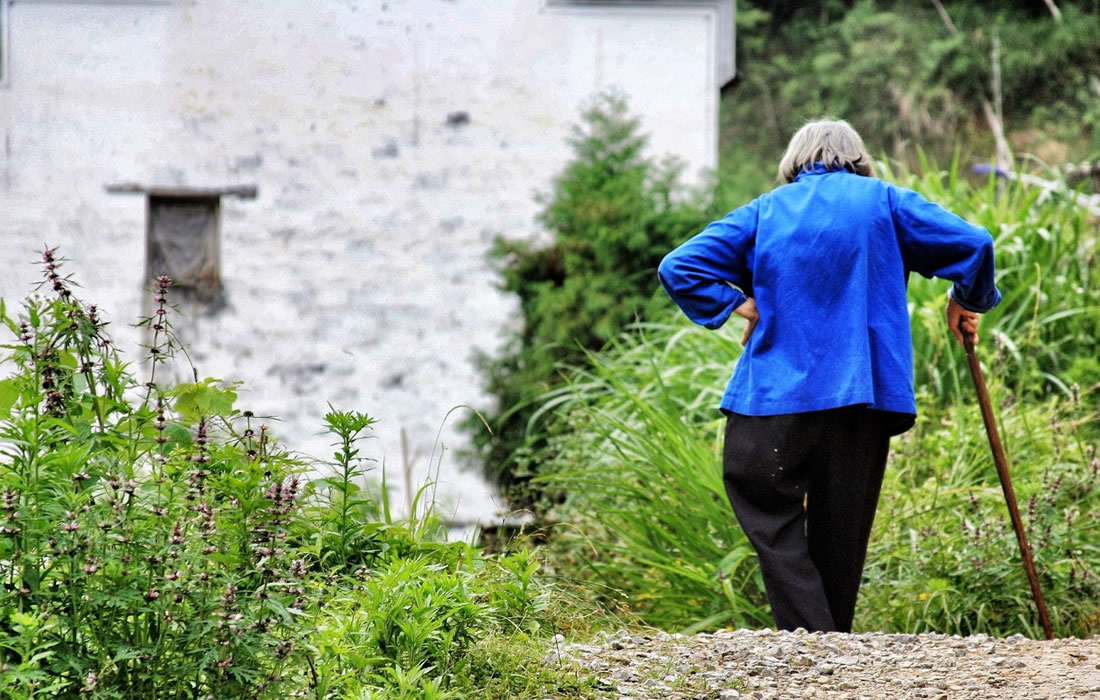Regenerative Medicine News and General Information
How Can We Improve Multiple Sclerosis
Multiple sclerosis (MS) is the result of the immune system mistakenly attacking the brain and the spinal cord, resulting in symptom flares known as relapses as well as longer-term degeneration known as progression. Despite the development of effective treatments for relapses, none can reliably prevent the accumulation of disability.
A study of more than 22,000 people with multiple sclerosis has discovered the first genetic variant associated with faster disease progression that can rob patients of their mobility and independence over time.
“Inheriting this genetic variant from both parents accelerates the time needed for walking aid by almost four years,” said Sergio Baranzini, co-senior author of the study. “Understanding how the variant exerts its effects on MS severity will hopefully pave the way to a new generation of treatments that are able to prevent disease progression,” said Stephen Sawcer, a professor at Cambridge and the other co-senior author of the study.
Data was gathered from more than 12,000 people with MS to complete a genome-wide association study, which uses statistics to carefully link genetic variants to particular traits. In this case, the traits of interest were related to MS severity, including the years it took for each individual to advance from diagnosis to a certain level of disability. After sifting through more than 7 million genetic variants, the scientists found one that was associated with faster disease progression. The variant sits between two genes with no prior connection to MS, called DYSF and ZNF638. The first is involved in repairing damaged cells, and the second helps to control viral infections. The variant’s proximity to these genes suggests that they may be involved in the disease’s progression.
But how do we know how relevant this DNA variant actually is? A team of researchers from the Netherlands looked at the genetic architecture underlying the course of MS, using donor brains.
Joost Smolders said: ‘In terms of treatment, there’s already a lot that we can do for people with MS, but we can’t yet predict the speed at which their health deteriorates. For this we need more insight into underlying mechanisms, with the discovery of the SNP being an important first step. A SNP is a variation in the DNA of a single DNA building block. At the Netherlands Institute for Neuroscience, we can perform the second step, which involves looking into the brain tissue to see the effect of this SNP. At the Brain Bank, we have brains from deceased donors with MS who already have an entire disease history behind them, all available for research. We asked ourselves whether carriers of the genetic abnormality had more severe MS-related changes in their brains.’
‘Our results show that homozygous carriers of the risk allele (rs10191320), or double carriers of the gene, have almost twice as many MS abnormalities in their gray and white matter than MS donors without this genetic variation. This is very important, because it allows us to validate that this SNP may really be relevant to people with MS. The effect of such a SNP is magnified far more in the pathology than in the effect it has on someone’s experience with MS. Something that would typically require tens of thousands of people with MS for living measurements can be confirmed with a hundred or so of these particular MS brain donors.
Sources:
Adil Harroud, Pernilla Stridh, Jacob L. McCauley, Janna Saarela, Aletta M. R. van den Bosch, Hendrik J. Engelenburg, Ashley H. Beecham, Lars Alfredsson, Katayoun Alikhani, Lilyana Amezcua, Till F. M. Andlauer, Maria Ban, Lisa F. Barcellos, Nadia Barizzone, Tone Berge, Achim Berthele, Stefan Bittner, Steffan D. Bos, Farren B. S. Briggs, Stacy J. Caillier, Peter A. Calabresi, Domenico Caputo, David X. Carmona-Burgos, Paola Cavalla, Elisabeth G. Celius, Gabriel Cerono, Angel R. Chinea, Tanuja Chitnis, Ferdinando Clarelli, Manuel Comabella, Giancarlo Comi, Chris Cotsapas, Bruce C. A. Cree, Sandra D’Alfonso, Efthimios Dardiotis, Philip L. De Jager, Silvia R. Delgado, Bénédicte Dubois, Sinah Engel, Federica Esposito, Marzena J. Fabis-Pedrini, Massimo Filippi, Kathryn C. Fitzgerald, Christiane Gasperi, Lissette Gomez, Refujia Gomez, Georgios Hadjigeorgiou, Jörg Hamann, Friederike Held, Roland G. Henry, Jan Hillert, Jesse Huang, Inge Huitinga, Talat Islam, Noriko Isobe, Maja Jagodic, Allan G. Kermode, Michael Khalil, Trevor J. Kilpatrick, Ioanna Konidari, Karim L. Kreft, Jeannette Lechner-Scott, Maurizio Leone, Felix Luessi, Sunny Malhotra, Ali Manouchehrinia, Clara P. Manrique, Filippo Martinelli-Boneschi, Andrea C. Martinez, Viviana Martinez-Maldonado, Elisabetta Mascia, Luanne M. Metz, Luciana Midaglia, Xavier Montalban, Jorge R. Oksenberg, Tomas Olsson, Annette Oturai, Kimmo Pääkkönen, Grant P. Parnell, Nikolaos A. Patsopoulos, Margaret A. Pericak-Vance, Fredrik Piehl, Justin P. Rubio, Adam Santaniello, Silvia Santoro, Catherine Schaefer, Finn Sellebjerg, Hengameh Shams, Klementy Shchetynsky, Claudia Silva, Vasileios Siokas, Helle B. Søndergaard, Melissa Sorosina, Bruce Taylor, Marijne Vandebergh, Elena S. Vasileiou, Domizia Vecchio, Margarete M. Voortman, Howard L. Weiner, Dennis Wever, V. Wee Yong, David A. Hafler, Graeme J. Stewart, Alastair Compston, Frauke Zipp, Hanne F. Harbo, Bernhard Hemmer, An Goris, Joost Smolders, Stephen L. Hauser, Ingrid Kockum, Stephen J. Sawcer, Sergio E. Baranzini, Adil Harroud, Ingileif Jónsdóttir, Yolanda Blanco, Sara Llufriu, Lohith Madireddy, Albert Saiz, Pablo Villoslada, Kári Stefánsson. Locus for severity implicates CNS resilience in progression of multiple sclerosis. Nature, 2023; DOI: 10.1038/s41586-023-06250-x
Netherlands Institute for Neuroscience – KNAW. “What makes multiple sclerosis worse, and how to make it better.” ScienceDaily. ScienceDaily, 28 June 2023. <www.sciencedaily.com/releases/2023/06/230628130323.htm>.
Images from:
Photo by Chastagner Thierry
https://unsplash.com/photos/OzbtqCbn6mQ

